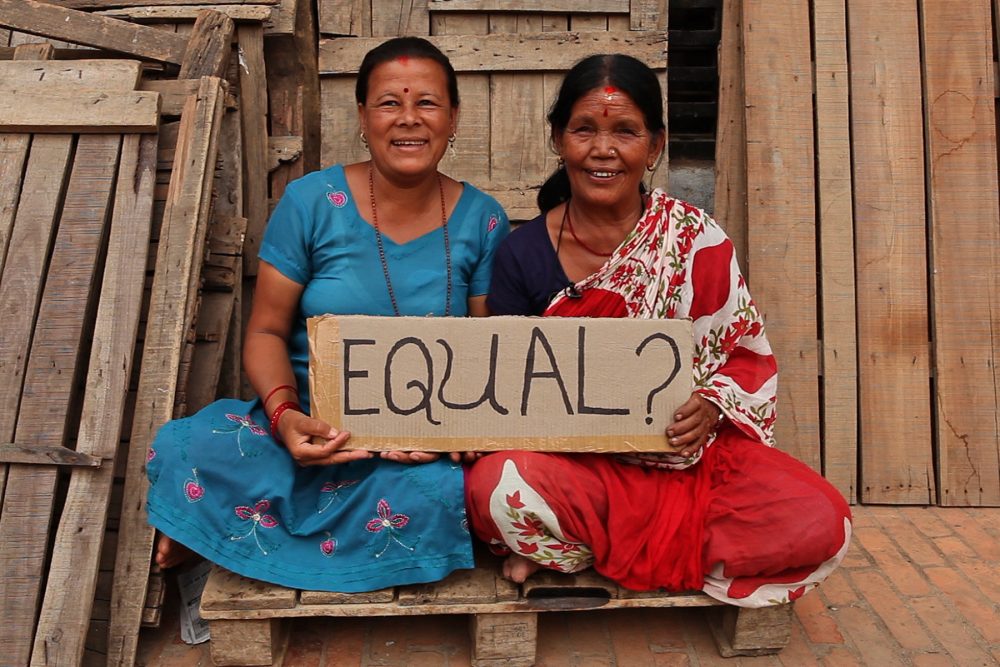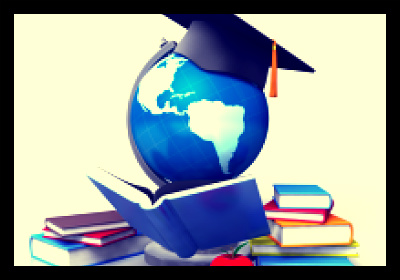Nearly 20 years after the Beijing Declaration and Platform for Action, U.N. Women Executive Director Phumzile Mlambo-Ngcuka is ready to tackle the remaining gender discrimination issues ahead.
Adopted in 1995 by 189 Member States at the Fourth World Women’s Conference in China, the Beijing Declaration and Platform for Action signified a major turning point for global support of women’s rights and empowerment. While the Beijing Conference declaration is still considered the “most effective and comprehensive policy framework for achieving gender equality,” its 20th anniversary celebration campaign, known as “Beijing 20+,” has been largely focused on the many issues that have seen little improvement.
However, the focus of “Beijing 20+,” the campaign created by U.N. Women, did not detract from mood of the event.
“The tone of the event, however, was not one of defiance, but of action and unbridled optimism,” wrote Pieter Colparet, journalist for the Daily Beast. ““Let’s get to work!” was the message that echoed through each and every speech and performance.”
During the event, Mlambo-Ngcucka boldly gave gender inequality an expiration date of 2030.
“For the first time gender inequality will have an expiration date! This is going to be a big part of our work plan,” said Mlambo-Ngcucka. “We want to emphasize that the Beijing agenda is not a women’s agenda. It is an agenda for humanity.”
The Beijing Conference declaration laid out 12 main areas of concern in 1995, many of which, Mlambo-Ngucka argued, are still issues today. The concerns Mlambo-Ngucka outlined, included:
- Reducing the effects of armed conflict on women and girls as well as increasing women’s participation in peace and security;
- Increasing women’s leadership and decision-making;
- Removing gender stereotypes and increasing women’s role in the media;
- Eliminating all forms of discrimination against the girl children;
- And protecting the human rights of all women and girls.
U.N. Deputy Secretary-General Jan Eliasson’s remarks at the event echoed the concerns of Mlambo-Ngucka, pointing out how only 21.8 percent of parliamentarians worldwide are women. While many of the women spoke on moving gender equality to a top priority on the global agenda, the United Nations as a whole recently committed itself to gender equality in an ambitious way.
While the U.N. has been slow to fill peacekeeping positions with female employees, the organization has now to hire women for at least 20 percent of the police officer positions by the end of this year.
According to the U.N., women only made up three percent of military personal and 10 percent of police personnel in U.N. Peacekeeping missions in 2012. However, it should be noted that the deployment of women in uniformed employment positions is decided by the Member States themselves.
“Nearly 20 years on from the Beijing Declaration and Platform for Action, we must recognize the significant progress that was made possible thanks to the commitment of international organizations, States and civil society,” Chilean President Michelle Bachelet wrote, in an U.N. Women article on the Beijing 20+ campaign. “Only once we make this dream a reality will we have fully accomplished the Platform for Action’s mission.”
– Blythe Riggan
Sources: Devex, SmartBrief, UN Women 1, UN Women 2, U.N., Huffington Post
Photo: CNN



